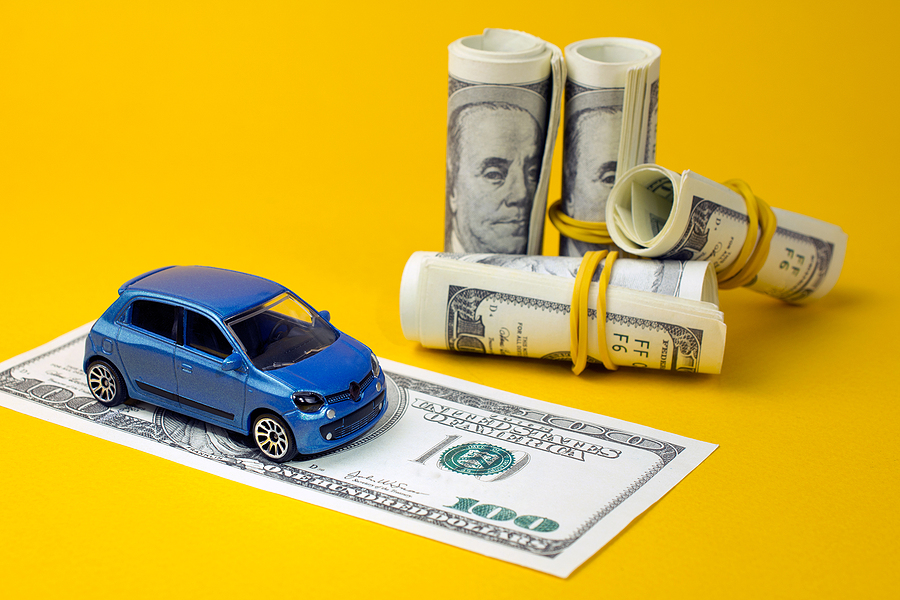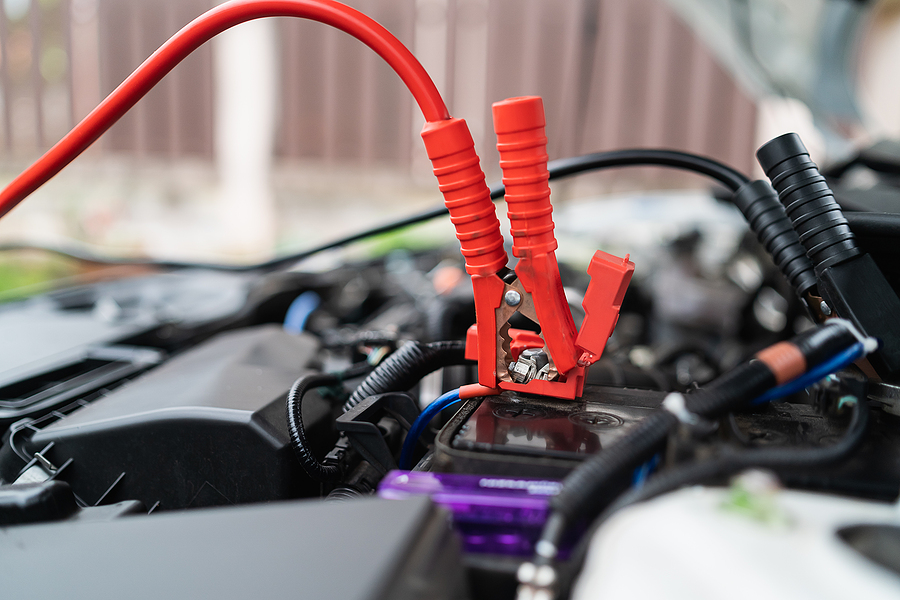Selling a car is a significant financial event for most owners. The moment you drive a new car off the lot, its value begins to depreciate. In fact, most cars lose approximately 15-20% of their value in the first year alone. While you can’t stop depreciation entirely, you can take strategic steps to slow it down and maximize your car’s resale value.
Understanding the factors that influence your vehicle’s worth is the first step toward getting the best possible price when it’s time to sell. From consistent maintenance and cosmetic care to smart driving habits and thorough documentation, every action you take as an owner contributes to its final selling price.
This guide will walk you through practical tips and strategies to help you protect your investment. By following these car selling tips, you can ensure your vehicle remains in high demand and fetches a price that reflects its true worth.

Maximize Car Resale Value With These Tips
Keep Up with Regular Maintenance
One of the most effective ways to preserve your car’s value is by sticking to a regular maintenance schedule. Consistent servicing not only keeps your vehicle running smoothly but also serves as proof to potential buyers that the car has been well cared for. Regular maintenance can increase resale value by up to 10-15%.
Follow the Manufacturer’s Service Schedule
Your car’s manufacturer provides a detailed service schedule for a reason. Adhering to these recommendations for oil changes, tire rotations, fluid checks, and filter replacements is crucial. For example, neglecting something as simple as oil changes can lead to severe engine problems, a major red flag for any buyer and a significant blow to your car’s value. Following the schedule prevents costly repairs and shows that you’ve been a responsible owner.
Keep Meticulous Records
Documentation is your best friend when selling a car. Keep a comprehensive file of every service, repair, and maintenance check performed on your vehicle. A well-documented service history, complete with receipts and dates, provides tangible proof of care. Imagine a buyer choosing between two identical cars; the one with a detailed service log will almost always seem like the safer, more valuable purchase.
DIY Maintenance Tips
While major services should be left to professionals, there are several things you can do yourself to maintain your car’s condition:
- Check and top off fluids: Regularly check engine oil, coolant, and windshield washer fluid.
- Inspect tire pressure: Properly inflated tires wear more evenly and improve fuel efficiency.
- Replace wiper blades: This is a simple and inexpensive fix that improves visibility and shows attention to detail.
- Clean battery terminals: Prevent corrosion by cleaning the battery terminals with a wire brush.
Invest in Cosmetic Care
First impressions matter immensely when you sell a car. A vehicle that looks clean and well-maintained will always attract more interest and command a higher price.
Wash and Wax Regularly
Washing your car regularly removes dirt, grime, and environmental contaminants like bird droppings and tree sap that can damage the paint. Waxing provides an extra layer of protection against the elements and gives the paint a deep, attractive shine. For best results, consider waxing your car every three to four months.
Don’t Neglect the Interior
A clean interior is just as important as a pristine exterior. Regularly vacuum the carpets and seats, wipe down surfaces, and clean the windows. Addressing stains and odors promptly can prevent them from becoming permanent issues. A fresh, clean-smelling interior suggests the car has been treated with respect.
Consider Paint Protection
For owners who want to go the extra mile, a paint protection film (PPF) or ceramic coating can be a worthwhile investment. These treatments create a durable barrier against scratches, chips, and UV damage, keeping your car’s paint in showroom condition for years. This can be a significant selling point, especially for higher-end vehicles.
Book Your Car Maintenance Service Today! ☑
Adopt Smart Driving Habits
How you drive your car has a direct impact on its long-term health and value. Aggressive driving puts unnecessary stress on the engine, transmission, brakes, and suspension.
Practicing smooth acceleration and braking not only reduces wear and tear but can also improve your fuel economy. Similarly, avoiding harsh conditions like rough roads or extreme weather when possible will help preserve your vehicle’s components. A car that has been driven gently will have fewer mechanical issues and a higher resale value.
Make Smart, Value-Adding Upgrades
While it can be tempting to customize your car, not all modifications are created equal. Some can even decrease its value. When considering upgrades, think about what a typical buyer would appreciate.
- Stick to OEM Parts: When replacing parts, using Original Equipment Manufacturer (OEM) components is often the best choice. They are designed specifically for your vehicle and signal quality to potential buyers.
- Tech Upgrades: Modern buyers appreciate technology. Adding a quality infotainment system with Bluetooth, Apple CarPlay, or Android Auto can make an older car more appealing.
- Avoid Over-the-Top Modifications: Extreme modifications, like loud exhausts, oversized spoilers, or dramatic body kits, can severely limit your pool of potential buyers. While these might appeal to a niche audience, most people prefer a vehicle that is closer to its factory condition.
The Power of Proper Documentation
Thorough documentation builds trust and can significantly boost your car’s resale value. When a buyer can see a complete history of the vehicle, it removes uncertainty and justifies a higher asking price.
Your documentation file should include:
- All service records and receipts.
- The original purchase agreement.
- Details and receipts for any upgrades or modifications.
- Accident reports and repair documentation, if applicable.
Being transparent about your car’s history, including any accidents, is crucial. While an accident history can reduce resale value, having detailed records of professional repairs can help mitigate the financial impact.
Time Your Sale Strategically
The time of year you sell your car can influence the price you get. For example, selling a convertible in the spring or early summer, when demand is high, will likely yield a better price than trying to sell it in the middle of winter. Similarly, SUVs and trucks, especially those with four-wheel drive, are often in higher demand leading into the winter months. Keep an eye on market trends; data shows that SUVs and trucks like the Ford F-150 generally hold their value better than sedans.
You should also consider whether to trade in your car at a dealership or sell it privately. A private sale will almost always get you a higher price, but it requires more effort in terms of advertising, meeting with buyers, and handling paperwork. A trade-in is convenient but will typically result in a lower offer.
Frequently Asked Questions
What car brands consistently hold their value best?
Brands known for reliability and durability, like Toyota and Honda, often have excellent resale value. For example, the Toyota Camry is well-known for retaining its value due to its reputation for longevity.
How can I determine the current market value of my car?
You can use online valuation tools like Kelley Blue Book (KBB) or Edmunds to get an estimate of your car’s current market value based on its make, model, year, mileage, and condition.
Can I improve resale value if my car has minor cosmetic damage?
Yes. Investing in professional repairs for minor dents, scratches, and dings can be worthwhile. A car with a flawless exterior will always be more appealing to buyers and can justify a higher asking price.
What should I do if my car has been in a minor accident?
Be transparent about it. Provide all documentation related to the accident and the repairs. If the repairs were done by a reputable shop, it shows you took the right steps to restore the vehicle’s condition, which can help reassure a potential buyer.
Is it worth investing in a professional detailing service before selling?
Absolutely. A professional detail can make your car look almost new, addressing both the interior and exterior. The relatively small cost of a detail can often be recouped through a higher selling price.
Conclusion
Maximizing your car’s resale value isn’t about a single action but a long-term commitment to care and maintenance. From the day you buy it, every decision you make—from regular servicing and gentle driving to keeping detailed records—contributes to its final worth.
By treating your vehicle as the significant investment it is, you not only ensure a more reliable and enjoyable ownership experience but also position yourself for a much better financial return when it’s time to sell.
Ready to ensure your car is in top condition? Schedule a maintenance checkup with our expert technicians today and start preserving its value for tomorrow.
Related Post: 10 Tips for Saving Money on Factory Scheduled Car Maintenance









